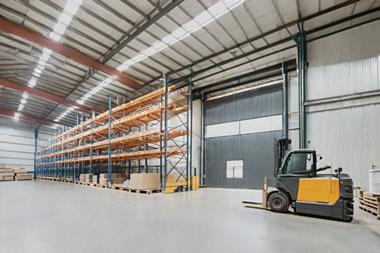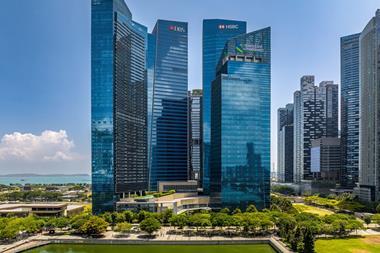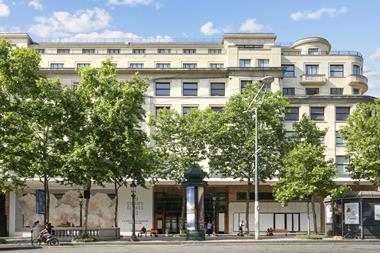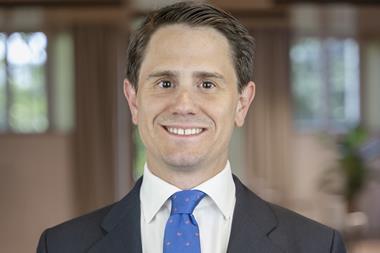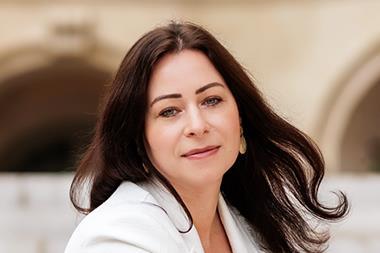To build sustainable and resilient cities, we must address mass migration megatrends, writes Manfredi Catella
Mass migration is often thought of as a problem for politicians to solve: if only they took tougher action on borders, turned people away, the issue would be resolved. But this simplifies the problem. In truth, the unprecedented levels of migration Europe is now seeing is only the start.

This is also because there is a direct link between climate change and levels of migration.
The UN International Organization for Migration estimates there will be as many as 1bn environmental migrants in the next 30 years, while more recent projections by McKinsey point to 1.2bn by 2050.
Broadly, McKinsey suggests that for every 1 degree centigrade of global warming there will be 1bn environmental migrants.
To put that in context, around 385,000 migrants are estimated to have entered Europe in 2023. The numbers in the coming decades will make that seem insignificant, with the 21st century likely to see a mass movement of people unprecedented in the history of humankind.
As COP29 begins this month, it is timely for those involved in urban development to consider this as our challenge, as much as it is an issue for politicians. Sustainable city making must respond to the great social and demographic trends reshaping our world.
Migration is one of these – as is increasing urbanisation – which are of course interlinked (migrants are moving to cities, not the countryside).
Another of those key trends is growing inequality. Not so much between countries, but within countries. Again, according to McKinsey, inter-country inequality is falling, but in-country inequality is now at a post-war peak. Like migration, inequality is a problem of inclusion.
To build the sustainable and resilient cities of the future, we must rise to challenges posed by these megatrends. It was with that in mind that Coima recently hosted a symposium on the future of cities, as part of its 50th anniversary celebrations, bringing together 130 students from 13 Italian universities who were invited to rethink urban models.
The students’ proposals will soon be published in a book, called “Inspiring Cities”, that Coima has curated to celebrate our 50th anniversary.
What was remarkable was how the students’ proposals coalesced around similar themes: sustainability, community, belonging, participation, collaboration, and wellbeing. These were highlighted throughout and speak to the importance of inclusivity in creating cities fit for the future.
So how can we respond? From Coima’s perspective, as we think forward to the next 50 years of urban development, we see three levels of intervention to future-proof cities and make them sustainable and inclusive in the face of climate change, growing inequality, mass migration and other key megatrends shaping our future (think, technology and AI, aging populations, and so on).
The first is about reimagining what we already have: taking the old and obsolete buildings in cities and repurposing them through sustainable refurbishment into new uses, whether that is converting redundant offices into housing or other more radical reinventions.
What is critical is that we find ways to reuse existing assets and decarbonise those buildings in the process, rather than knocking them down, creating more inclusive and sustainable places as a result.
The second level of intervention is ensuring that large-scale urban regeneration produces genuinely mixed-use new developments with a range of housing types, including affordable housing and student housing. These developments must be master planned in line with the best practice in sustainable development, including 15-minute city principles.
That means shaping more liveable, healthy and resilient communities, where everything people need in their daily lives is near at hand, as well as parks and green urban spaces.
This, for example, is the vision we have for the Porta Romana development in Milan, where the 2026 Winter Olympics Athlete’s Village will be converted into Italy’s largest purpose-built student accommodation scheme after the Games, which will sit at the heart of a wider mixed-use development built around a park and garden.
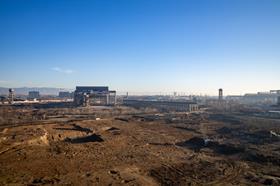
We envisage a similar approach to the development of Milano Sesto, one of Europe’s largest regeneration sites, where we are currently reworking the masterplan to ensure it becomes an exemplar of sustainable regeneration, with an increased focus on subsidised housing.
The third level of intervention is about improved connectivity not only within cities but between cities, through investment in sustainable transport infrastructure. This is vitally important: sustainable cities of the future will need to be polycentric, with a network of 15-minute neighbourhoods connected through sustainable transport modes.
But equally importantly, cities need to be better connected to each other. We need investment in transport infrastructure between cities, especially high-speed rail, to create networks of cities less than 60 minutes apart. This will spread economic prosperity and opportunity, taking the pressure off main urban centres, ensuring urbanisation and population growth are more equitably distributed.
By following these principles, urban development can respond to the challenges of the 21st century and help ensure that our cities will not only be sustainable but more inclusive, helping all people to flourish.
That is the vision the younger generations presented to us – those who have the greatest stake in the future of our cities – and it is one that we at Coima feel a strong responsibility to deliver.
To read the latest IPE Real Assets magazine click here.







